Dogs are naturally curious creatures, often exploring their environment with their mouths. This behavior, combined with their love for the outdoors, puts them at risk of ingesting harmful substances, including toxic plants. While many plants are safe and even beneficial to dogs, several commonly found species pose significant dangers.
Understanding which plants are harmful and recognizing their symptoms of poisoning can be crucial for pet owners. In this article, we will explore the top 10 poisonous plants for dogs worldwide, including their toxic components and potential health effects.
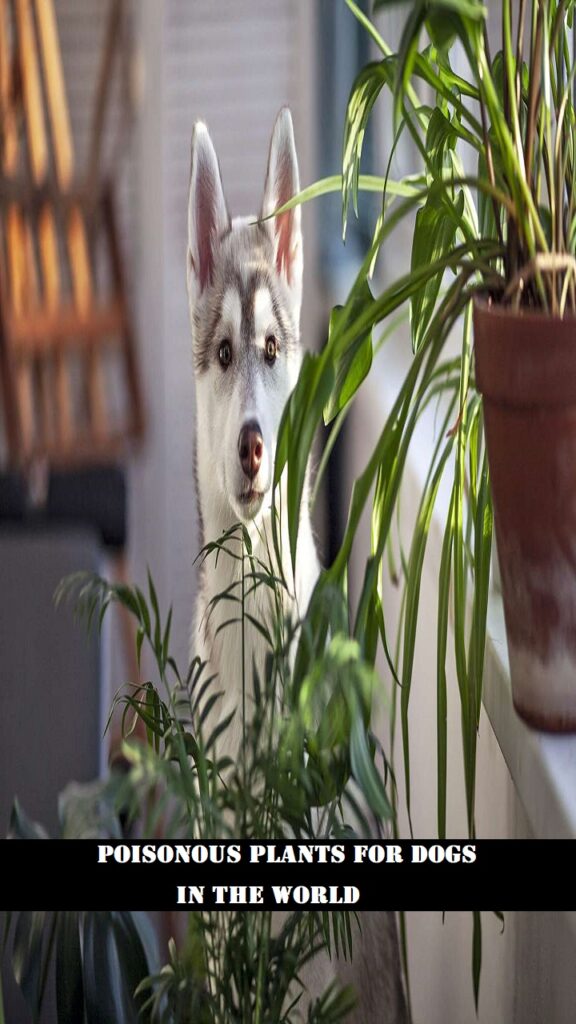
10 Most Common Poisonous Plants For Dogs
From the striking beauty of the oleander to the enticing but dangerous sago palm, knowing how to identify these plants and keep them out of your dog’s reach can prevent serious health issues and ensure their safety. Read on to learn about these toxic plants, their symptoms, and what to do if your dog comes into contact with them.
Here are ten of the most poisonous plants for dogs worldwide:
Oleander (Nerium oleander): Oleander is a popular ornamental shrub known for its beautiful, fragrant flowers, but it’s highly toxic to dogs. Every part of the plant, including the leaves, flowers, and stems, contains toxic cardiac glycosides that can disrupt heart function.
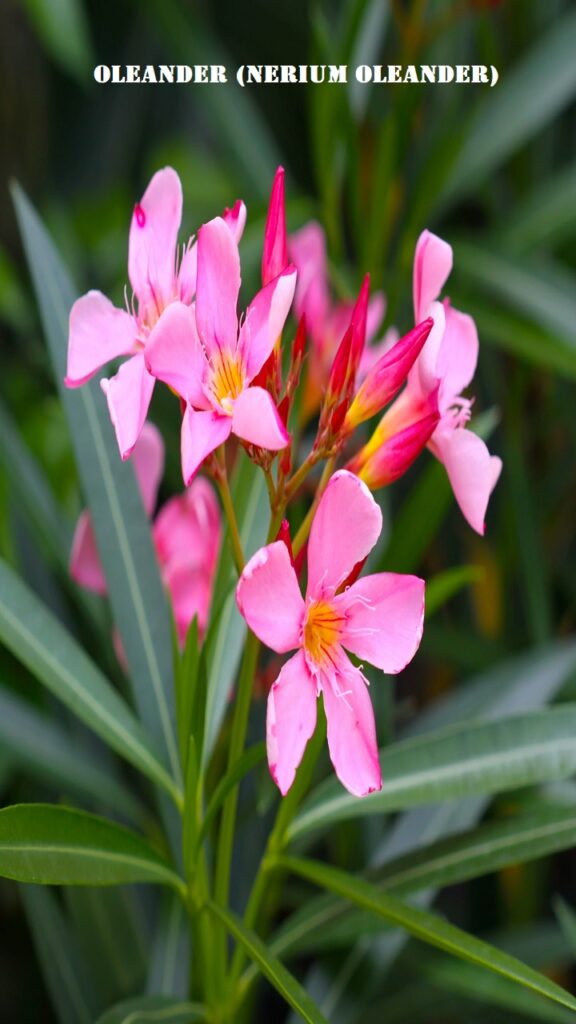
Ingestion can lead to severe symptoms like vomiting, diarrhea, decreased heart rate, and even death. Symptoms often appear within a few hours of ingestion, so immediate veterinary care is crucial if your dog consumes any part of this plant. Keep oleander plants well out of reach to protect your pets from potential poisoning.
Plants That Are Poisonous To Dogs
Sago Palm (Cycas revoluta): The sago palm, a popular ornamental plant, is extremely toxic to dogs, particularly its seeds and leaves. It contains cycasin, a potent toxin that can cause severe liver damage, vomiting, diarrhea, and neurological symptoms like tremors or seizures. Even small amounts can be dangerous, and symptoms may not appear immediately, making early detection and treatment crucial.

If your dog chews on or ingests any part of the sago palm, seek emergency veterinary care right away to address potential liver failure and other serious health issues. So do check out all these plants poisonous to dogs and be aware of that.
Autumn Crocus (Colchicum autumnale): The autumn crocus, also known as meadow saffron, is a striking but toxic plant. Its tubers and seeds contain colchicine, a powerful alkaloid that can cause severe gastrointestinal distress, kidney failure, and respiratory issues if ingested by dogs.
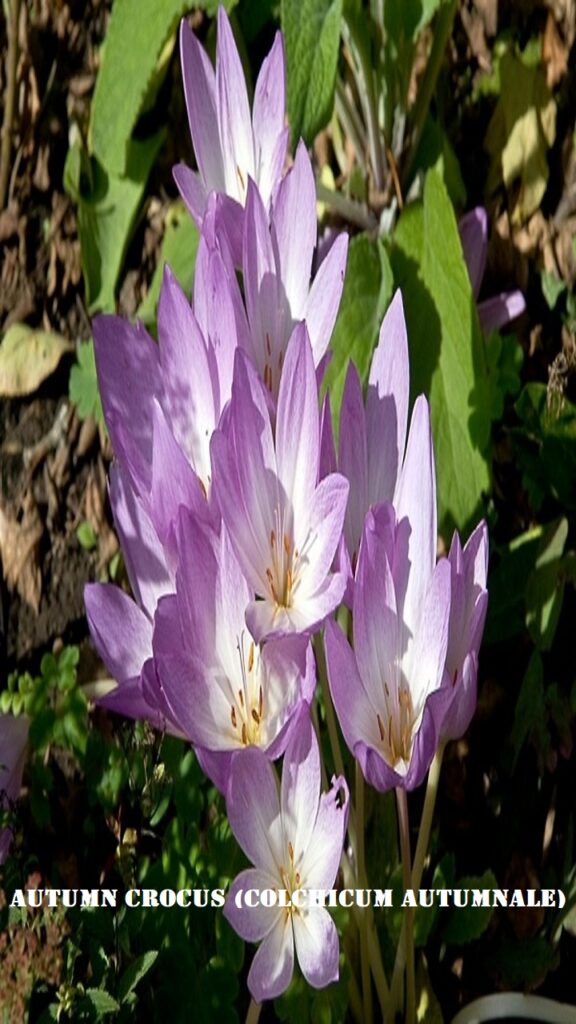
Symptoms may include vomiting, diarrhea, abdominal pain, and in severe cases, organ failure or death. If you suspect your dog has ingested any part of this plant, prompt veterinary attention is essential to manage symptoms and prevent serious health complications.
10 TOXIC PLANTS For DOGS And Their Effects
Castor Bean (Ricinus communis): The castor bean plant is notorious for its highly toxic seeds, which contain ricin, a deadly toxin. Ingesting even a small number of these seeds can lead to severe symptoms such as abdominal pain, vomiting, diarrhea, and dehydration.
Ricin can affect multiple organs, potentially causing liver damage, kidney failure, and even death. Immediate veterinary intervention is critical if a dog ingests castor beans to manage symptoms and reduce the risk of fatal poisoning.
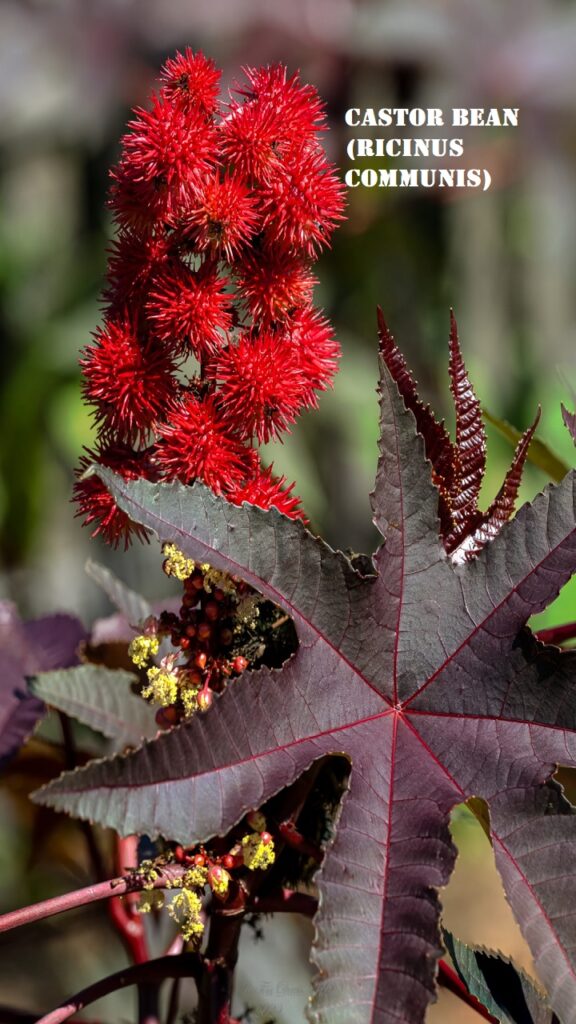
Dieffenbachia (Dieffenbachia spp.): Commonly known as dumb cane, dieffenbachia is a popular houseplant with toxic properties. It contains calcium oxalate crystals. It causes intense irritation and swelling of the mouth, throat, and gastrointestinal tract if ingested.
Dogs may exhibit signs of oral pain, difficulty swallowing, vomiting, and excessive drooling. Although not usually life-threatening, the symptoms can be very uncomfortable. If your dog chews on or ingests dieffenbachia, seek veterinary advice to alleviate symptoms and ensure your pet’s comfort.
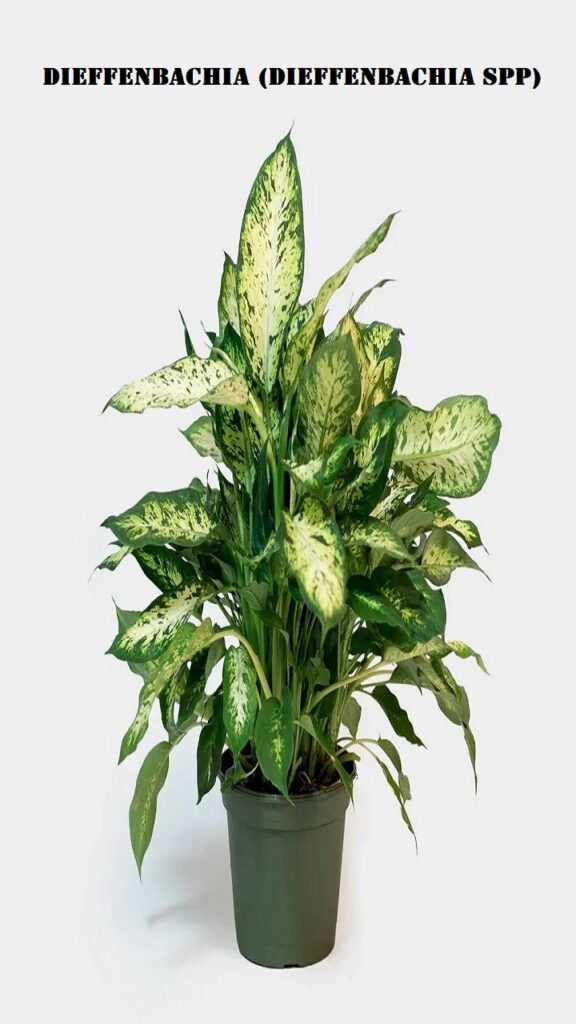
Top 10 Poisonous Plants To Dog
Cyclamen (Cyclamen spp.): Cyclamen, known for its colorful flowers, is highly toxic to dogs, particularly its tubers and roots. The plant contains saponins. It cause severe gastrointestinal symptoms such as vomiting, diarrhea, and abdominal pain.
In severe cases, ingestion may lead to heart arrhythmias or even seizures. Symptoms may appear within a few hours of ingestion, so prompt veterinary care is crucial. Keeping cyclamen plants out of reach of pets is essential to prevent accidental poisoning and protect their health.
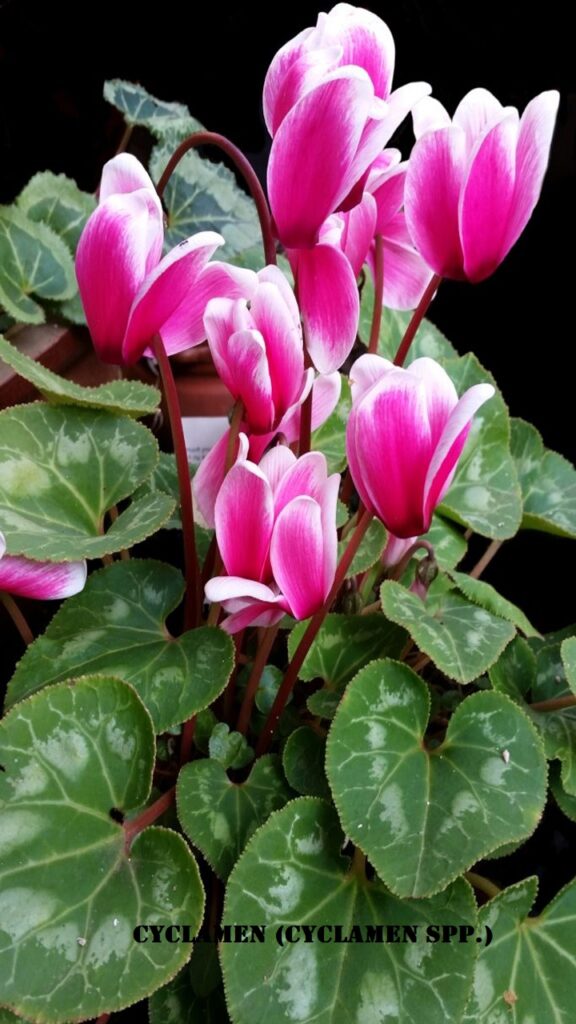
English Ivy (Hedera helix): English ivy is a common climbing plant that can pose serious health risks to dogs if ingested. The plant contains saponins and triterpenoids, which can cause gastrointestinal upset, including vomiting, diarrhea, and abdominal pain.
While not usually life-threatening, the symptoms can be distressing and uncomfortable for pets. In severe cases, it may lead to more serious health issues. If your dog chews on or ingests English ivy, consult a veterinarian to manage symptoms and ensure your pet’s well-being.
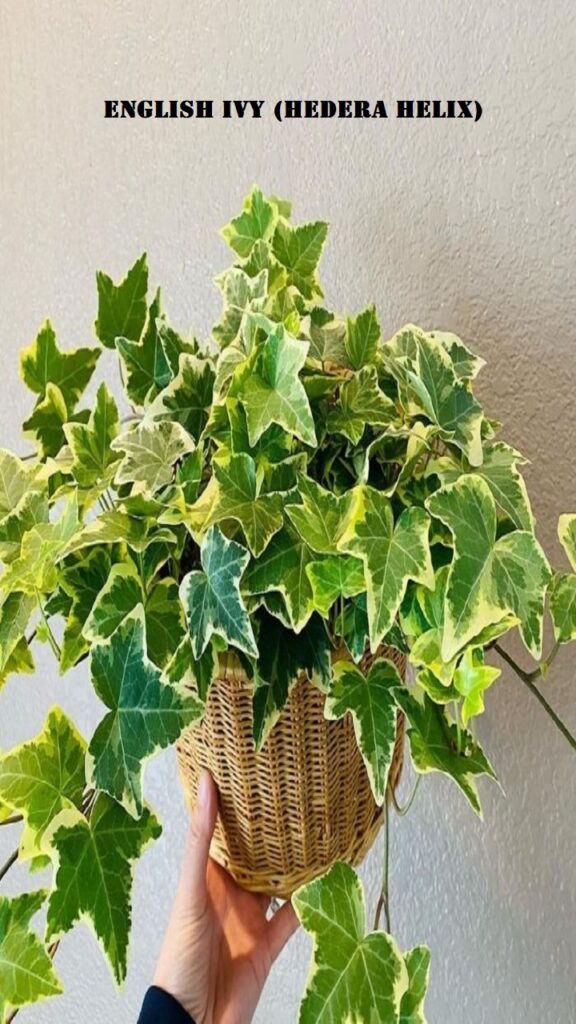
Poisonous Plants Your Dog Needs To Avoid
Foxglove (Digitalis purpurea): Foxglove, known for its striking spire of flowers, is extremely toxic to dogs due to the presence of cardiac glycosides. These compounds can interfere with heart function, leading to symptoms such as irregular heartbeats, vomiting, diarrhea, and potentially death.
Ingesting even a small amount of this plant can be dangerous, so immediate veterinary care is necessary if your dog consumes any part of the foxglove. Early intervention is crucial to prevent severe cardiac issues and ensure your pet’s recovery.
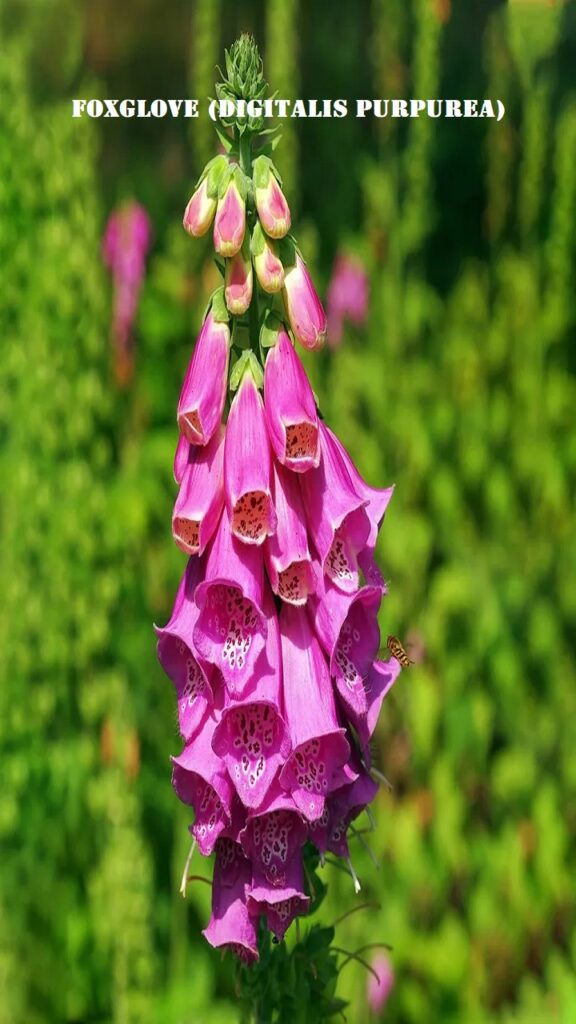
Poinsettia (Euphorbia pulcherrima): Poinsettia is a festive plant often associated with the holiday season, but it can cause mild toxicity in dogs. It contains latex compounds that may cause irritation of the mouth and gastrointestinal tract, resulting in symptoms like vomiting, drooling, and diarrhea.
While not usually life-threatening, the discomfort can be distressing for pets. If your dog chews on or ingests poinsettia, monitor them closely and consult a veterinarian if symptoms persist or worsen.
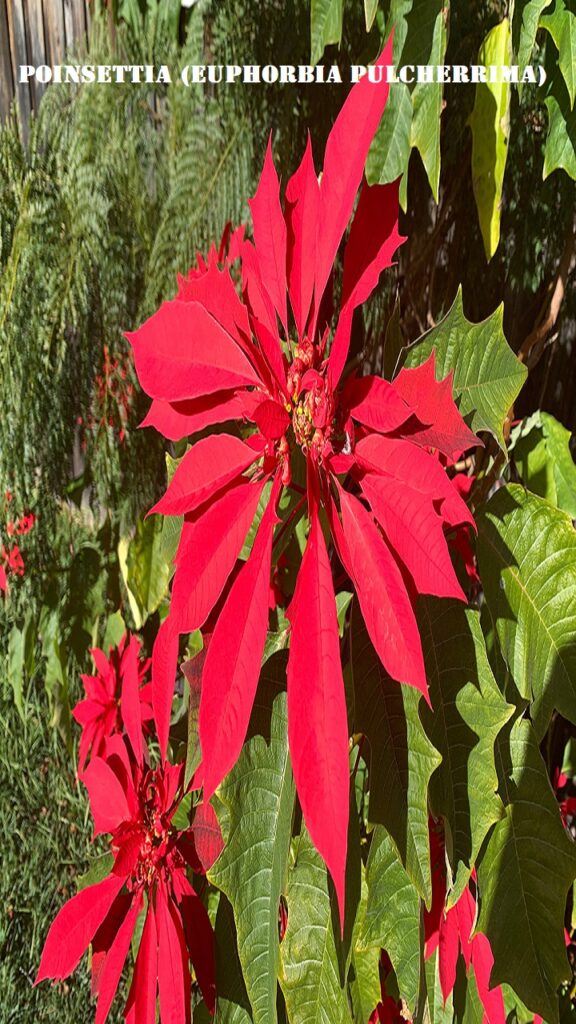
10 Plants That Are Toxic To Dogs
Yew (Taxus spp.): The yew plant, including its leaves, berries, and seeds, is highly toxic to dogs. It contains taxine alkaloids, which can cause severe cardiovascular problems, such as bradycardia (slow heart rate) and arrhythmias.
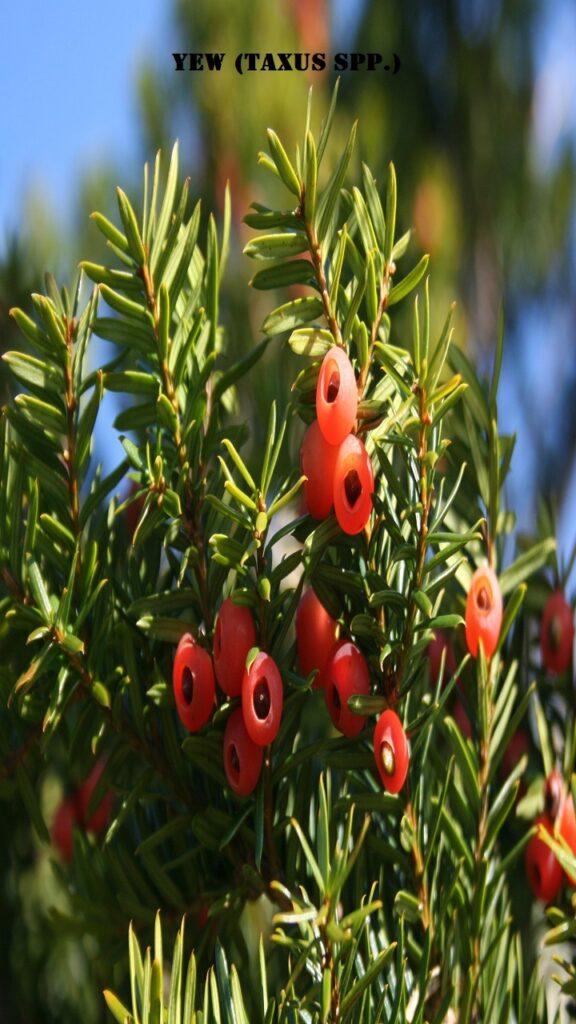
Ingesting even small amounts can lead to symptoms like vomiting, diarrhea, tremors, and in severe cases, sudden death. Immediate veterinary care is critical if your dog consumes any part of the yew plant to address potential heart issues and ensure a positive outcome.
If you suspect your dog has ingested any of these plants toxic to dogs, it’s crucial to contact your veterinarian or an emergency animal poison control hotline immediately.
Conclusion
Protecting your dog from Most Poisonous Plants To Dogs is an essential aspect of pet care. By familiarizing yourself with the top 10 toxic plants, you can take proactive steps to keep these hazards away from your furry friend. Early detection and prompt veterinary intervention are key to managing any accidental ingestion. Always be vigilant about your dog’s environment and consult your veterinarian if you suspect any poisoning. With awareness and precaution, you can help ensure a safe and healthy life for your beloved pet.
Contents





